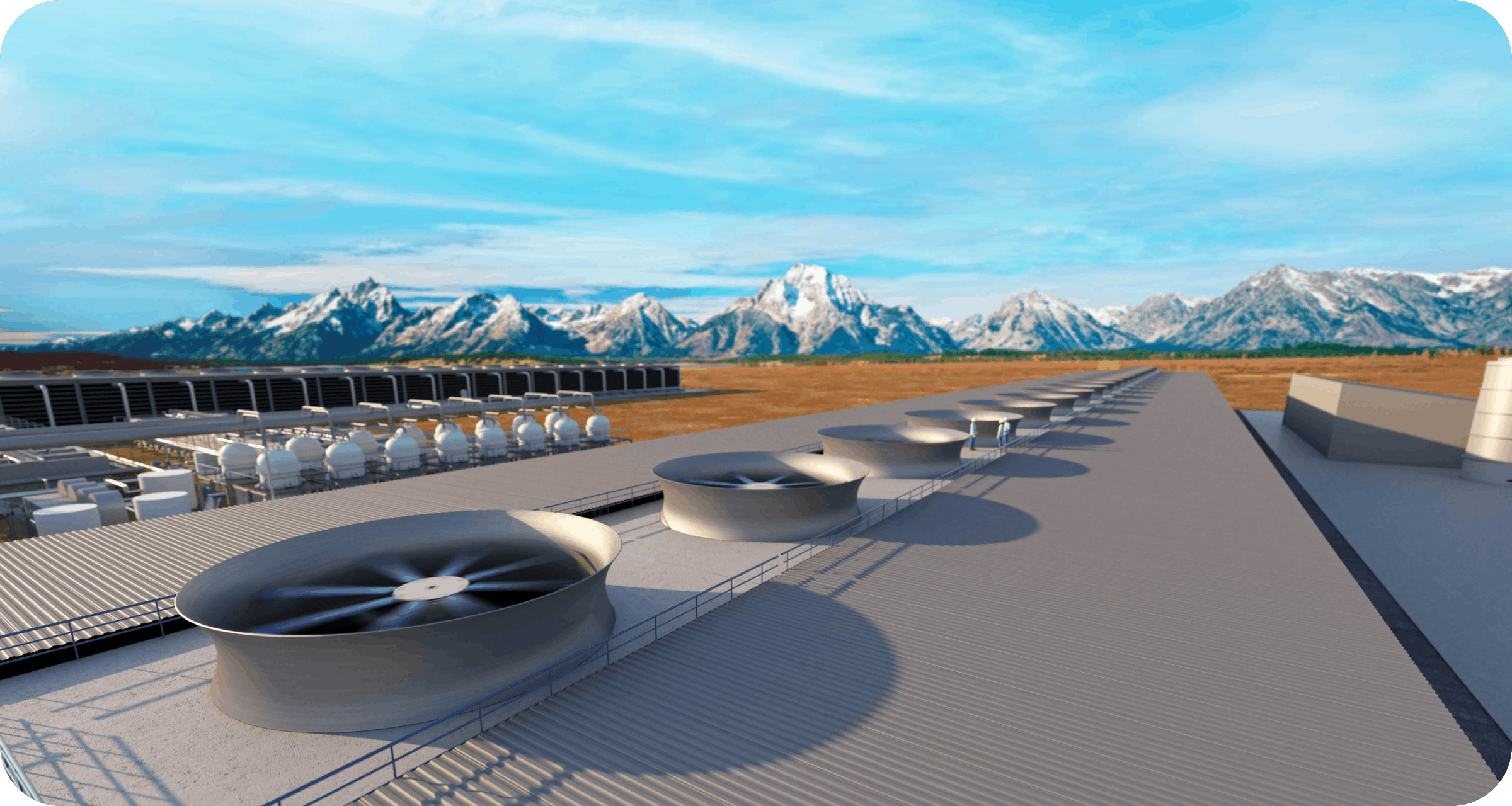

According to The UK Green Building Council (UK GBC), a 76% of total emissions reduction is needed by 2035, compared to the 2018 baseline.
This requires concentrated effort from all organisations across all sectors. However, how do you achieve net zero emissions?
As organisations across the UK and beyond set their sights on net zero, the challenge isn’t only technological; it’s deeply human. In fact, 65% of UK businesses are committing to getting to NET Zero by 2050. To succeed, businesses need a roadmap that combines accurate data, robust processes and technologies, a realistic and measurable plan, and genuine employee engagement. Looking to build your own net zero roadmap or help your customers do the same? We outline the steps to take below to create one that’s realistic and results-driven:
1. Find the “why”
A target without purpose feels hollow and can mean it’s hard to encourage adoption and commitment among your teams. Gather leadership and frontline colleagues in a workshop setting to establish a ‘guiding star’. Challenge them to articulate why net zero matters for your brand, customers, and stakeholders. A shared narrative galvanises action and unites your entire team under shared objectives. When the ‘why’ is rooted in real data and co‑created with stakeholders, you unlock deeper buy‑in and sustain momentum through inevitable hurdles.
For example, Greencarrier has a specific and measurable vision for its sustainability strategy. Their mission is to be the ‘sustainability challenger’ in their industry, and is dedicated to becoming ‘one of the most sustainable logistics options on the market’ by 2027.
2. Discern the current carbon footprint
Before you can reduce emissions, you must understand where they come from. The best and most efficient way? Automating accurate and precise data collection across scope 1, 2 and 3 sources - no more guesswork. This takes into account all emission sources, from energy consumption to business travel, to procurement and purchasing systems. For example, with Lune’s emissions intelligence API, spend management and logistics platforms can highlight their clients’ biggest emissions hotspots down to the facility, product, or supplier level, giving granular insight in minutes rather than months. This provides the intelligence needed to focus on your highest emitting areas for quicker wins.
By automating this often-complex process, teams can focus on strategy instead of spreadsheets.
3. Establish KPIs and a clear plan
Once the ambition is set, break it into measurable milestones. Break down “net zero by 2040” into near‑term goals and configure these as trackable KPIs. Adopt an agile mindset by slicing the long‑term vision into 6–12‑month sprints (focusing on the areas identified in step one and measures to mitigate them), complete with owners, budgets, and forecasts.
Agile sprints create consistency and clear accountability, so you spot issues early, celebrate quick wins and keep everyone moving in sync.
4. Loop in the whole organisation
Decarbonisation isn’t just the sustainability team’s responsibility. Set up a cross‑functional check-in that reviews real-time progress, identifying blockers and next steps. Using Lune dashboards and emissions analytics, users of spend management and logistics platforms can track their progress against objectives, exporting audit-ready reports in seconds.
5. Collaborating with cutting‑edge technology (and installing the right processes)
Where in‑house reductions aren’t yet viable, Lune’s vetted offset marketplace lets you counteract emissions with high‑integrity projects. Lune’s advanced carbon calculating capabilities also are at the cutting-edge of the industry, using spend and activity data to precisely calculate emissions, making sustainable decisions simpler.
6. Measure, communicate, and celebrate
Share quarterly sprint reviews with concise highlights, lessons learnt, and next steps, all powered by Lune’s real-time analytics and dashboards. You can then take these success stories forward into your internal newsletter or social channels, making net zero a core aspect of your brand.
Frequent, transparent updates to customers, investors, and stakeholders keep net zero top of mind, maintain momentum, and inspire new ideas from unexpected corners of the business.
Ready to help your clients build their net zero roadmap?
We help spend management and logistics platforms map their customers’ carbon footprint in Lune and get the insights they need to achieve net zero emissions. Book a demo today and let’s make emissions intelligence your next USP.
Readers also liked
Readers also liked

Subscribe for emissions intelligence insights
Get the latest updates in the world of carbon tracking, accounting, reporting, and offsetting direct to your inbox.


